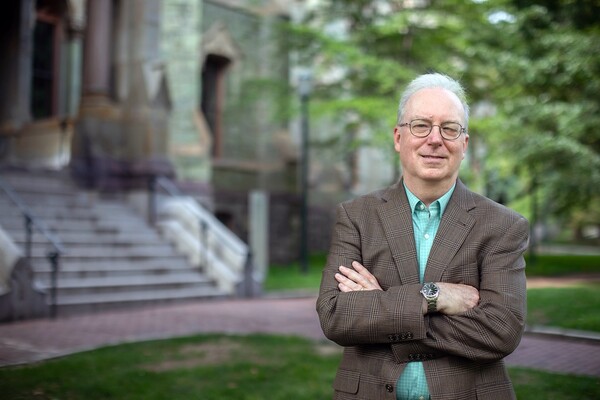
Image: Mininyx Doodle via Getty Images
Not long after Booker T. Washington became the founding principal of Tuskegee University, on July 4, 1881, he moved the campus from a one-room schoolhouse to a 100-acre former plantation in Tuskegee, Alabama. In the years that followed, Washington worked with the Black architect Robert Robinson Taylor to build out the core buildings of the campus. Far from a simple facilities expansion, the growth of the campus mirrored the development of the curriculum. The University’s first architecture students learned to design and build structures by building the campus itself.
“For us, when you walk on our campus, you’re actually walking into an educational curriculum,” says Kwesi Daniels, department head and associate professor of architecture at The Robert R. Taylor School of Architecture and Construction Science at Tuskegee University. “You’re not sitting inside a building to learn. The learning starts the minute you get here.”
More than a century later, that approach continues. Tuskegee architecture students today are studying the discipline of historic preservation through explorations of buildings on and near the historic HBCU campus, in part through a collaboration with the Graduate Program in Historic Preservation at the Weitzman School of Design. Teaching collaborations between Penn and Tuskegee go back to a partnership established in 2019, when Tuskegee created a minor in historic preservation, and the launch of the Center for the Preservation of Civil Rights Sites& (CPCRS) at Penn the following year. Tuskegee now offers two courses in preservation, which have featured a series of guest speakers from Weitzman. And it’s in the early stages of developing an undergraduate major in preservation—potentially the first such program at an HBCU.
“Penn is able to bring people to the table that have been doing it for 30 or 40 years,” Daniels says. “The depth of knowledge they have—it allows us to understand how deep we need to go to build our program.”
Randy Mason, professor of historic preservation at Weitzman and faculty director at CPCRS, says Penn’s budding partnership with Tuskegee is part of a broader effort to bring more diverse professionals into the preservation field, and to correct a legacy of neglect for Black spaces and communities. Part of that push has involved supporting the work of Black-led organizations through the CPCRS. Working with Black-led institutions like Tuskegee advances those goals.
“HBCUs have an outsized influence as crucibles of Black culture, creativity and scholarship,” Mason says. “The [Tuskegee] campus itself is this incredible artifact that testifies to architecture and building, and to preservation as a way of being good stewards of what you build.”
This story is by Jared Brey. Read more at Weitzman News.
From the Weitzman School of Design

Image: Mininyx Doodle via Getty Images

nocred

Image: Pencho Chukov via Getty Images

Charles Kane, Christopher H. Browne Distinguished Professor of Physics at Penn’s School of Arts & Sciences.
(Image: Brooke Sietinsons)